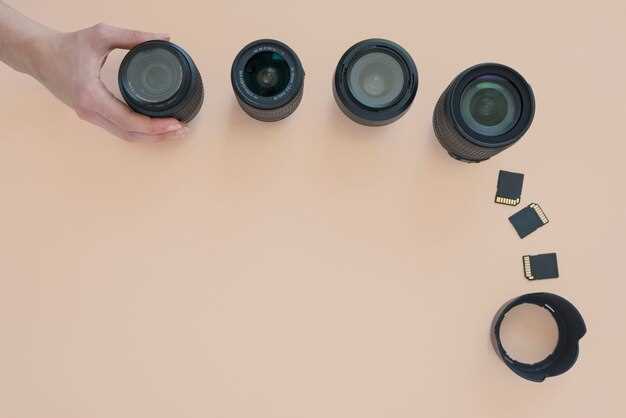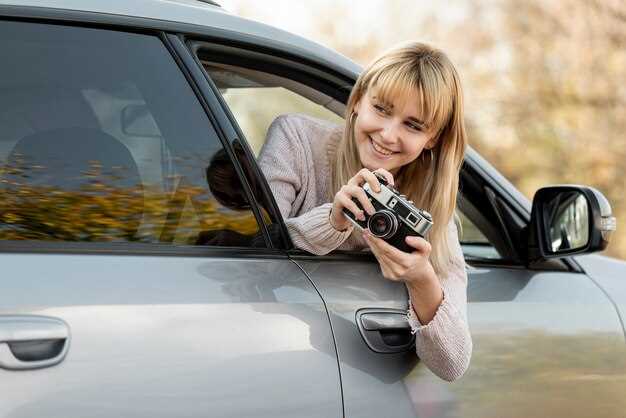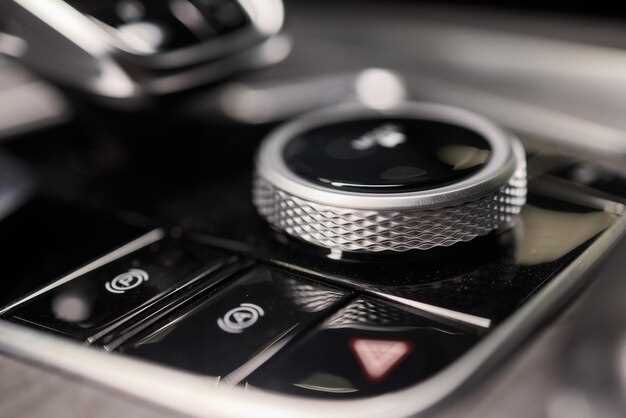
When it comes to photography, choosing the right gear is essential for capturing breathtaking images of cars. The lens you select can significantly influence the outcome of your shots, allowing you to showcase the beauty and design of each vehicle. Whether you’re a professional photographer or an enthusiastic hobbyist, understanding the various types of lenses available is crucial for honing your craft.
In car photography, factors such as perspective, distortion, and clarity come into play. The selection of the appropriate lens can make or break your images, affecting the way light interacts with your subject. For capturing dynamic angles, a wide-angle lens can immerse viewers in the scene, while a telephoto lens allows you to focus on intricate details that might otherwise be overlooked.
In this article, we will explore some of the best lenses tailored for car photography. From versatile zoom lenses to specialized prime options, we aim to provide insights that will elevate your photography game and help you capture stunning visuals of automobiles. Get ready to dive into the world of car photography gear, unlocking the potential of each shot with the perfect lens.
Choosing the Right Focal Length for Car Shots
Selecting the appropriate focal length is crucial for capturing stunning car photography. Different focal lengths yield distinctive perspectives, allowing photographers to highlight specific features or convey a certain mood in their images.
Here are key focal length options to consider when photographing cars:
- Wide-Angle Lenses (14mm – 35mm)
- Ideal for dynamic shots in tight spaces.
- Captures the full scale of a vehicle against its surroundings.
- Allows for dramatic perspectives and can exaggerate depth, making the car appear more prominent.
- Standard Lenses (35mm – 50mm)
- Offers a natural perspective similar to human vision.
- Great for general car photography, providing balanced images.
- Effective for both close-ups and wider shots without distortion.
- Telephoto Lenses (70mm – 200mm)
- Perfect for isolating details, such as emblems or unique design elements.
- Allows for compressing the background, enhancing the car’s presence in the frame.
- Great for shots where you cannot approach the car closely, such as at motorsports events.
When selecting a lens, consider the type of car shots you want to achieve:
- If aiming for dramatic action shots on the racetrack, a telephoto lens will help capture the vehicle in detail while isolating it from the busy environment.
- For static displays at car shows, a wide-angle lens can encompass the vehicle and its surroundings, highlighting context and scale.
- To emphasize specific design elements or interior details, a standard lens can provide clarity without distortion.
Ultimately, the choice of focal length will depend on your creative vision and the story you want to tell through your car photography. Experimentation with various lenses will enhance your skills and help you discover which focal lengths resonate best with your style.
Understanding Aperture for Dramatic Car Images

Aperture plays a crucial role in car photography, significantly influencing the overall mood and impact of your images. It refers to the size of the opening in a lens through which light passes. Measured in f-stops, a wider aperture (a lower f-number) allows more light to reach the sensor, resulting in brighter images and a shallower depth of field. This characteristic is particularly useful when you want to isolate the subject–such as a car–against a softly blurred background, creating striking visuals that highlight the vehicle’s design and details.
For dramatic car photography, using a wide aperture (like f/2.8 or f/4) can help emphasize the car’s lines and features. It draws the viewer’s eye directly to the subject while achieving a pleasing bokeh effect, turning distracting backgrounds into smooth, aesthetically pleasing colors. Such techniques can also add a cinematic flair to dynamic shots, enhancing the sense of speed and excitement.
Conversely, a smaller aperture (a higher f-number) increases the depth of field, keeping more elements in focus. This approach may be beneficial when capturing cars in expansive landscapes or crowded settings where context is critical. However, using smaller apertures often requires longer exposure times, especially in low-light conditions, making a sturdy tripod essential for sharp images.
Understanding the relationship between aperture, shutter speed, and ISO is pivotal. In challenging lighting situations, adjusting your aperture allows you to maintain proper exposure while still achieving the desired artistic effect. Proper exposure management can lead to dramatic, high-quality photographs that resonate with car enthusiasts and casual viewers alike.
Ultimately, selecting the right aperture when shooting cars can significantly elevate your photography, creating images that are not just visually stunning but also emotionally engaging. Experimenting with different apertures across various shooting conditions will enhance your understanding and ability to capture powerful automotive imagery.
Recommended Lenses for Different Photography Styles

When it comes to car photography, selecting the right lenses can significantly influence the outcome of your images. Different styles of photography require distinct gear that caters to various perspectives and effects. Here is a breakdown of recommended lenses tailored for specific photography styles.
1. Close-Up or Detail Shots: For capturing intricate details of a car, such as textures, emblems, and interior features, a macro lens is ideal. A 100mm f/2.8 macro lens allows photographers to get super close while maintaining excellent clarity and sharpness, making it perfect for highlighting craftsmanship and design elements.
2. Wide-Angle Shots: If you’re aiming to show the entire car within an environment, a wide-angle lens should be part of your gear. A 24mm f/1.4 or 16-35mm f/4 lens grants wider perspectives, enabling dramatic shots that emphasize the car’s shape within its surroundings. This is especially useful in urban settings or winding roads.
3. Action or Motion Shots: For high-speed shots of cars in motion, a telephoto lens can be a game changer. A 70-200mm f/2.8 lens allows you to capture fast-moving vehicles with stunning detail while providing the flexibility to frame your shots from a distance, ensuring you don’t miss any dynamic moments.
4. Portrait Style Photography: To portray cars in a glamorous light, a prime lens like the 50mm f/1.8 is an excellent choice. The shallow depth of field helps create separation between the car and background, effectively emphasizing the subject. This lens produces beautiful bokeh, enhancing the car’s visual appeal.
5. Night Photography: For capturing cars at night, a lens with a wide aperture is essential. A 35mm f/1.4 lens provides bright, sharp images in low light, allowing for creative lighting techniques such as long exposures or light trails. This lens can help convey a dramatic, cinematic feel to your car photos.
Selecting the appropriate lenses for car photography ultimately depends on your creative vision and the specific shots you wish to capture. Having a variety of gear enables versatility in your work, ensuring you are prepared for any shooting scenario.





